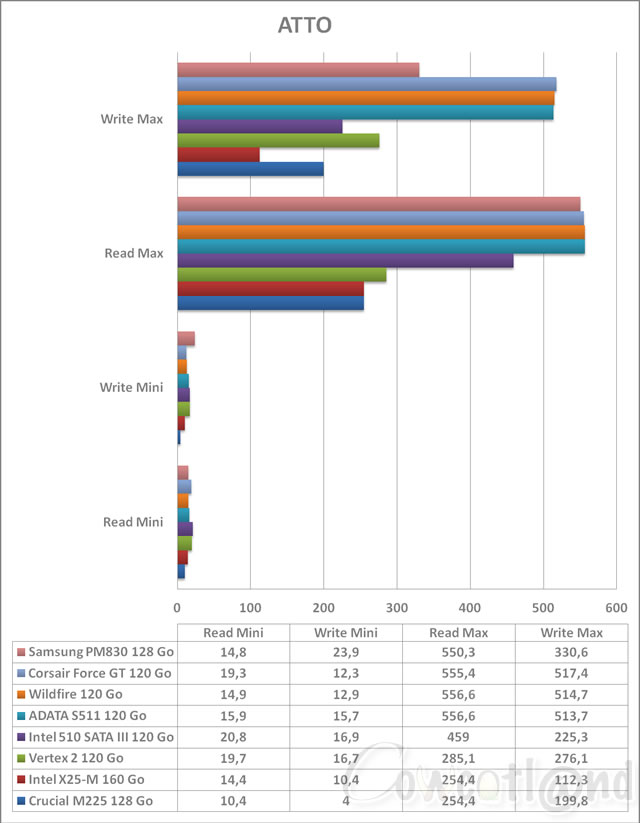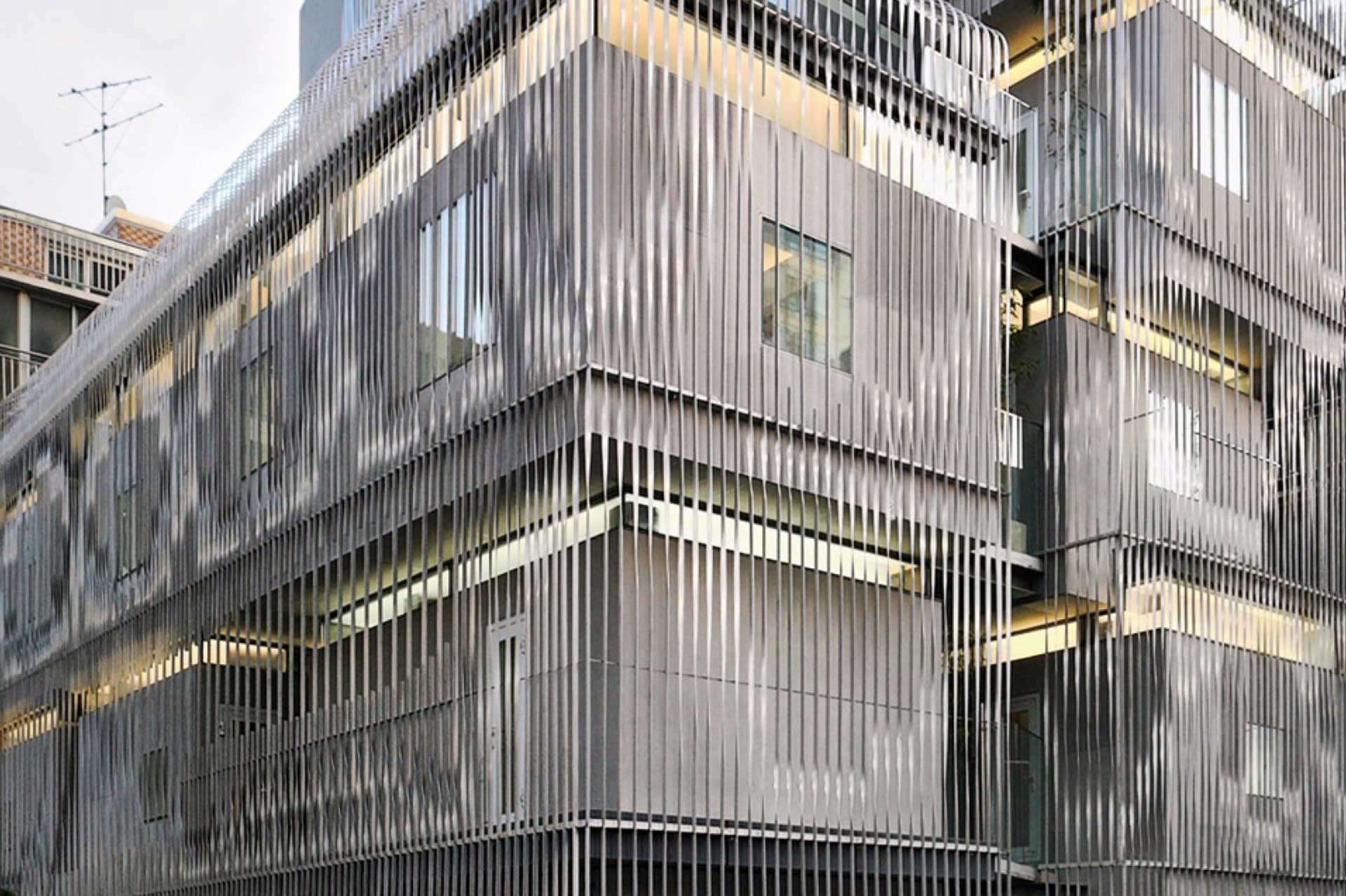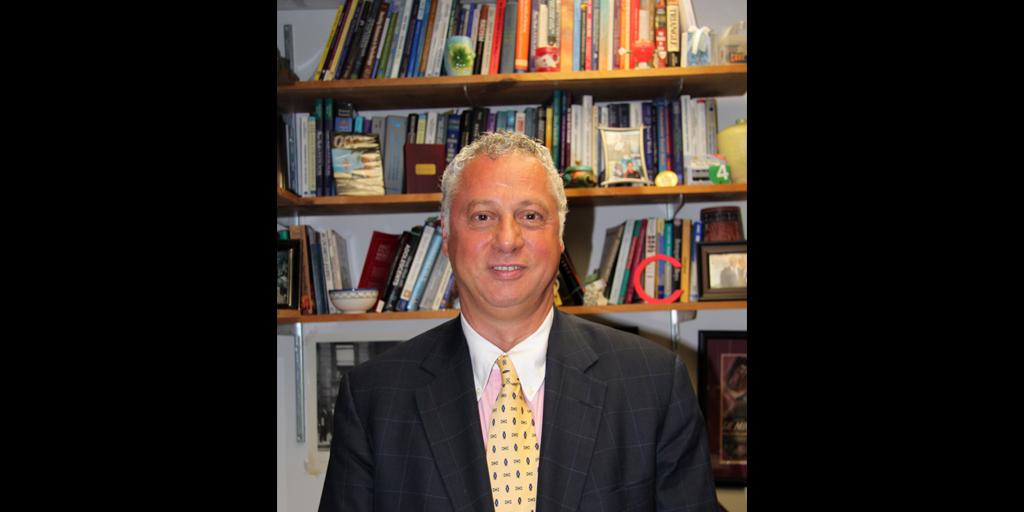
As of 2019, cells can contain between 1 and 4 bits of data. In comparison to hard disk drives and similar electromechanical media which use moving parts, SSDs are typically more resistant to physical shock, run silently, and have higher input/output rates and lower latency. SSD also has rich internal parallelism for data processing. It is also sometimes called a semiconductor storage device, a solid-state device or a solid-state disk, even though SSDs lack the physical spinning disks and movable read–write heads used in hard disk drives (HDDs) and floppy disks. Impressively, their 256TB drive reportedly consumes seven times less power compared to the energy used by eight 32TB SSDs to achieve a combined 256TB.A solid-state drive ( SSD) is a solid-state storage device that uses integrated circuit assemblies to store data persistently, typically using flash memory, and functioning as secondary storage in the hierarchy of computer storage. Samsung’s message is clear: they are in the race for the long haul.

Solidigm has been a prominent advocate for this format, evident from their recent 61.44TB D5-P5336 SSD. This ensures no single VM monopolizes the drive’s performance capabilities, ensuring balanced responsiveness.Īs its latest marker on the road to a 1PB SSD, Samsung unveiled its 256TB drive concept using QLC (4bits/cell) NAND technology. Samsung demonstrated this feature in collaboration with Meta using open source software.Īnother feature of the PBSSD allows drives to regulate performance for each accessing virtual machine by setting traffic limits – dubbed Traffic Isolation.

Data with specific attributes can be grouped together, enhancing the drive’s longevity by minimizing the write frequency, thus reducing write amplification. The architecture features Flexible Data Placement (FDP), which enables server hosts to manage data placement within the flash blocks of the drive. At FMS 2022, a 128TB QLC SSD was displayed, hinting at the progression towards the petabyte scale. Samsung had previously touched upon its petabyte-scale architecture (PBSSD) at an OCP APAC tech day in Seoul. Samsung highlighted that the drive possesses telemetry capabilities, transmitting data back to the company throughout its lifecycle, aiding in troubleshooting, though this feature was introduced at the previous year’s FMS. This puts Samsung’s 400,000 IOPS figure into a competitive context. Kioxia’s CM7-V and CD8P drives, both PCIe gen 5, achieve up to 600,000 and 400,000 IOPS, respectively. While the PM9A3 achieves 200,000 random write IOPS (and 1.1 million random read IOPS), the PM9D3a is projected to deliver up to 400,000 random write IOPS, we’re told. For perspective, Fadu’s Echo achieves 14.6GBps, while Kioxia’s CM7-R reaches 14GBps.

This suggests a groundbreaking 16GBps for the PM9D3a – a PCIe gen 5 SSD sequential read bandwidth previously unseen. The PM9A3 has a sequential read bandwidth reaching 6.95GBps. This results in roughly double the random write IOPS. Samsung informed attendees that the PM9D3a has a sequential read bandwidth up to 2.3 times superior to the existing PM9A3 with its PCIe gen 4 interface. It will offer capacities ranging from 3.84TB to 30.72TB, with various form factors, including 2.5 inches. The PM9D3a SSD, equipped with an 8-channel controller, is slated for release over the upcoming four quarters. Consistent with its showing in 2022, Samsung once again dominated this year with a significant exhibition stand accompanied by multiple presentations.

The annual event in Santa Clara serves as the prime venue for NAND, SSD hardware, software, and CXL suppliers to unveil their cutting-edge technologies. Samsung made a splash at Flash Memory Summit (FMS) 2023 by highlighting advancements such as a 256TB SSD concept, a petabyte SSD architecture with Flexible Data Placement, SSD bandwidth management to address the “noisy neighbor” challenge, and the introduction of their new PCIe gen 5 SSD.


 0 kommentar(er)
0 kommentar(er)
